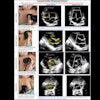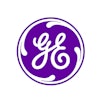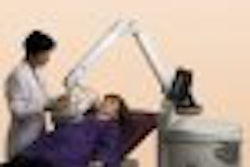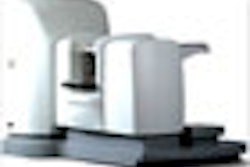CHICAGO - Automated breast ultrasound (ABUS) can detect new breast lesions as well as confirm findings previously spotted on mammography, according to the phase II results of a screening trial at the Elizabeth Wende Breast Clinic in Rochester, NY. Lead investigator Dr. Stamatia Destounis presented her group's findings Wednesday at the RSNA meeting.
"Our phase II is basically to see if ABUS can be used as an adjunct to screening mammography in patients with dense breasts," said Destounis, who is also a clinical associate professor at the University of Rochester.
At the 2005 RSNA, Destounis shared the results of a pilot study of ABUS performed on diagnostic patients. For that investigation, five radiologists collected images of known regions of interest using handheld ultrasound (HHUS). Both benign and malignant lesions were included. Hard-copy mammograms and HHUS images were compared with soft-copy ABUS images.
According to those results, in 40 patients ABUS identified 41 lesions, including cysts, fibroadenomas, and lesions that were highly suspicious for cancer. All the cancers (15/15) were found with ABUS on at least one view. Core biopsy proved 13 of the 15. The mean size of these lesions was 14 mm and 54% were nonpalpable. Many of these patients (93%) had heterogeneously dense breasts.
In the latest study, screening ABUS was performed on 292 breasts in 147 patients who also had mammograms. The ABUS system (SomoVu, U-Systems, San Jose, CA) had a scanning frequency of 10 MHz and a 14.5-cm field-of-view.
Among the 147 women, 98% had dense breasts. For nonrecall patients, Destounis said the ABUS exams averaged five minutes per breast. For recall patients, the time was about 17.5 minutes per breast.
According to the results, there were 95 ABUS findings in 292 screening exams. There were six recalls, three masses, two cases of architectural distortion, and one cyst. Based on ABUS findings, BI-RADs assessment and malignancies scores were upgraded in 79 cases.
Because of ABUS results, five patients were recalled with one false-positive case due to Cooper's ligament shadowing. Two patients underwent traditional ultrasound and were deemed benign. Two others had needle biopsy with subsequently benign pathology.
"Our hope is that ABUS can better help us in the screening of dense breasts, in addition to mammography," Destounis concluded. The next phase of research will have to see how ABUS fares for detecting mammographically occult breast cancer, she added.
Phase I results from this ABUS screening trial were presented earlier in the session as well. In this segment, ABUS performance was compared with HHUS for lesion visibility and BI-RADs assessment. In 177 breasts, 96% of the lesions that were seen on HHUS were also seen on ABUS. These lesions included ductal carcinoma in situ (DCIS), invasive lobular cancer, cysts, and fibroadenomas. Once again, ABUS turned in the best performance in dense breasts.
By Shalmali Pal
AuntMinnie.com staff writer
November 29, 2006
Related Reading
Streaming US, elastography US give clearer picture of breast lesions, January 16, 2006
Breast surgeon expresses reservations about screening US, May 13, 2006
Auto breast US handily spots lesions in early study, January 13, 2006
Copyright © 2006 AuntMinnie.com



















